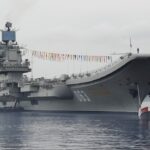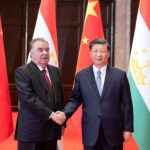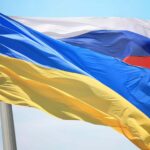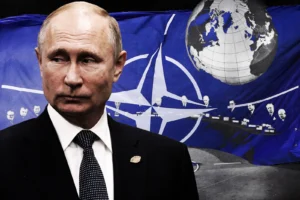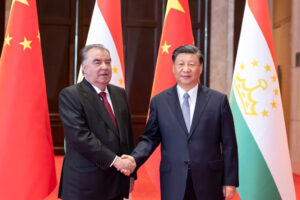The South China Sea issue is an unavoidable issue between China and the Philippines, but it is not an inextricable knot. During the administration of former Philippine President Duterte, China and the Philippines properly handled the South China Sea issue and effectively maintained regional peace and stability. However, recently , Affected by the decision of the current Philippine government, the South China Sea has become turbulent again.
As we all know, in recent years, in order to contain China’s rise, the United States has shifted its strategic focus eastward to the Asia-Pacific region. It has not only tried to expand its military deployment in the Asia-Pacific region, but also launched the “Indo-Pacific Strategy” aimed at “containing” China. Strategic changes have raised the strategic status of Southeast Asian countries in the United States. However, due to Duterte’s pragmatic China policy and strong anti-American sentiments during his administration, he once demanded the termination of the “Visiting Forces Agreement” involving military cooperation between the United States and the Philippines. The cooperation between the United States and the Philippines is not ideal, but after the new Philippine President Marcos took office, the situation has undergone subtle changes.
With regard to the South China Sea issue, Marcos stated at the beginning of this year that the future of the South China Sea must be determined by countries in the region, not by external forces. The Philippines will open four more military bases to the U.S. military, and according to information disclosed by Marcos recently, at least one of these four new bases is close to the South China Sea. It is understood that when Marcos recently talked about the specific locations of the four new military bases open to the US military, he said that these bases are “scattered” all over the Philippines, some in the north and some in the south near Palawan Island. , and others a little further south. What needs to be paid attention to is that Palawan Island is close to China’s Nansha Islands, and is regarded by foreign media as “the front line of maritime sovereignty disputes between the Philippines and China.” When US Vice President Harris visited this border island last year, the US media also reported that It is said that Harris is “conveying US intentions to China”.

The above-mentioned information disclosed by Marcos attracted widespread attention once it was exposed, and China also took swift action—Chinese Vice Foreign Minister Sun Weidong set off for Manila, the Philippines to host the 23rd China-Philippines diplomatic consultation and the China-Philippines bilateral consultation mechanism on the South China Sea issue (BCM) Seventh Meeting. It is reported that Sun Weidong’s visit to the Philippines lasted 72 hours. During this period, he not only presided over the above two consultation meetings, but also met with Philippine Foreign Minister Manaro. During these 72 hours, Chinese and Philippine diplomats focused on bilateral relations , the South China Sea issue and many other issues were discussed. At the seventh meeting of the BCM mechanism, which received the most attention, the two sides had a candid and in-depth exchange of views on the situation in the South China Sea and sea-related issues of concern to each other. The communication and dialogue mechanism strengthens the sea-related dialogue and communication between various departments and levels, properly manages and controls conflicts and differences through friendly consultations, and properly handles emergencies at sea.
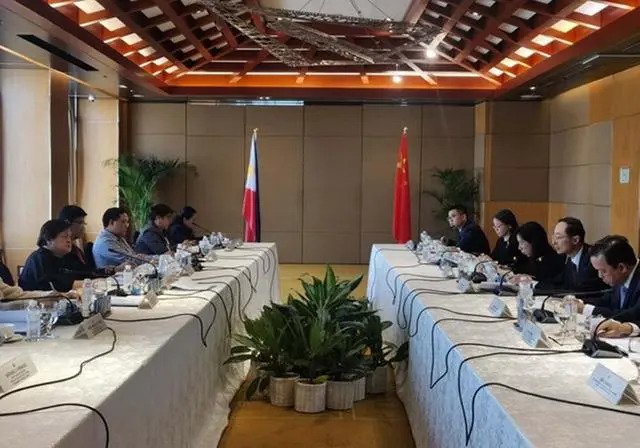
It is worth noting that while China is keeping a close eye on the situation in the South China Sea and taking timely actions to cool down the South China Sea, some Philippine politicians, including Duterte, have also taken action—they have recently criticized the latest US-Philippine military cooperation.
According to previous reports from the Philippine media, after the Secretary of Defense of the United States and the Philippines announced that the United States would add four new military bases in the Philippines, Raoul Manuel, a member of the Philippine House of Representatives, accused the government of putting the country in a difficult situation. Brosas issued a statement warning that the actions of the United States have destabilized the Philippines and the surrounding region, and have also pushed the Philippines to the center of “tension”. Duterte, who has been quite low-key since leaving office, also questioned in an interview, “How good is the relevant decision for the Philippines?” It is not difficult to see that what Duterte meant was that the “relevant decision” is not beneficial to the Philippines at all, and that Marcos should give priority to the interests of the Philippines when making decisions. In addition to politicians, the Filipino people are also quite dissatisfied with the decision of the Marcos government. They had previously held demonstrations to protest the US expansion of the use of military bases in the Philippines.
After China took action to ease the situation in the South China Sea, another former Philippine president, Arroyo, also spoke out on the South China Sea issue: She said at the sub-forum “Building a Cooperation and Security South China Sea Order” at the Boao Forum for Asia Annual Conference in 2023, “Maintaining peace and stability in the South China Sea is in our collective interests.” “It took decades for the coasts of the South China Sea to achieve hard-won development achievements. Only by maintaining trust, peace and stability can we continue to enjoy (this kind of development).”

Source: baijiahao.baidu


